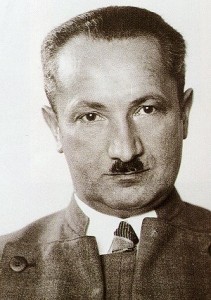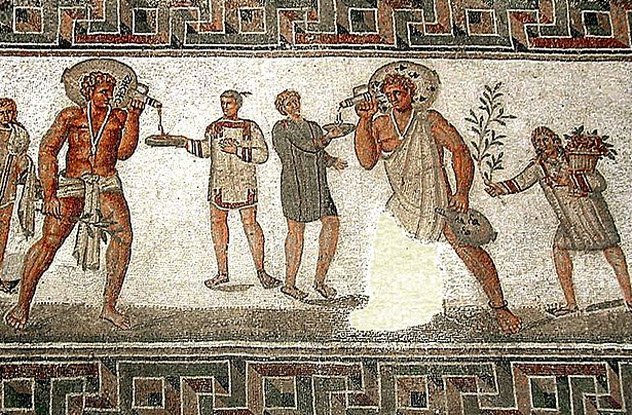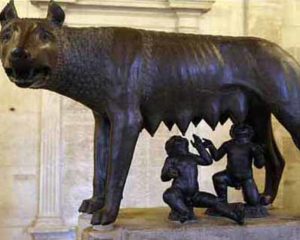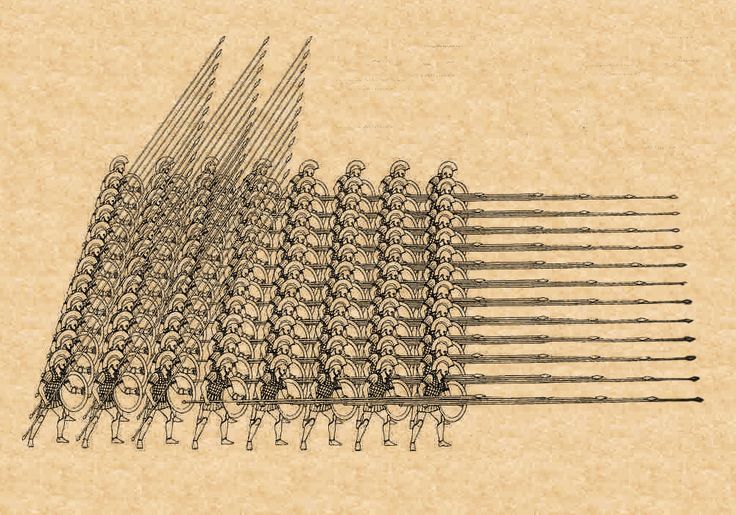Authentic Heidegger vs. Inauthentic “Fake” News, Part 2

Martin Heidegger, 1889–1976
The expression “fake news” has a generic purpose whose meaning varies with each individual user. This phrase, alongside a number of other phrases describing language manipulation in the media, can be ranked in the category of Heidegger’s “idle talk.” The political effects of idle talk and its related word “newspeak” were also well illustrated by the novelist and essayist George Orwell.[14] Attempting to grasp the meaning of liberal political propaganda while skipping over the study of Heidegger’s idle talk, or Orwell’s newspeak, is a nonstarter. Orwell had done a revolutionary work by demystifying idle talk and fake news by exposing frequent falsehood in modern political communication.
Needless to say a White nationalist in Europe or in America today will define differently Orwell’s description of newspeak than his globalist-minded liberal or antifascist counterpart. Blaming only Joseph Goebbels, the former National Socialist minister, for being the first to launch fake news in Germany, or for that matter for being the first in standardizing political lies and self-deception in public discourse, is false. Ironically, it was Goebbels himself, much earlier than Orwell, who had pointed out in his books and his speeches the rising tide of idle talk or fake news in the liberal media: “And if we are to tell the truth, then we must simply confess that we are slowly getting sick of this idle talk (“Gerede”) about morality and humanity that is travelling, column by column, through the English press today.”[15]
The event which has acquired lately a historic importance and which makes modern opinion makers in the US and EU extremely worried is that charges against fake news media are being levelled by a man who represents the most influential and the most liberal country on earth—Donald Trump, president of the United States. If Trump doesn’t shy away from calling out mainstream news as fake news, he might someday start calling out the names and describe the ethnic origin of major fake news distributors in America. Trump’s labeling of major news outlets as providers of fake news is an unprecedented indictment in the entire history of Liberalism — all the more so because the much-lauded so-called free press is viewed as the main pillar of liberalism or for that matter of the official, i.e., “deep state” America today. Read more



 In his monumental tome, The History of Rome, the historian Titus Livius wrote, “There is nothing man will not attempt when great enterprises hold out the promise of great rewards,” and in the annuals of human history nowhere is this aphorism truer than when one examines the nature of Faustian Europe and its rich diversity of constituent peoples.[1] In more specific terms, and as articulated quite definitively by Prof. Ricardo Duchesne, the uniqueness of Faustian Europe lays not with its institutions, but with the primordial drive of Faustian Man to overcome all that constrains him in the eternal quest for immortal fame. [2] Returning to Titus Livy, in his history of Rome the historian was exploring not only the meteoric rise of ancient Rome, but rather attempting to ascertain the exact reasoning behind the nature of Roman hegemony. Livy’s Rome was one of transition, the historian himself being born in 64 B.C. and dying 17 A.D., and as such had lived through the tumult of the Late Republic and bore witness to Rome’s imperial rebirth under Augustus Caesar. [3] Moreover, the nature of the age that Livy had lived through was a period of “transition” not only of governmental forms, from republic to empire, but more importantly was the beginning of Roman deviation from the racio-cultural values which underpinned the Faustian nature of Europe. When European man is truest to himself, it is when he and his civilization exist in harmony with his Indo-European, Faustian nature. When deviation from this historical, dare I say cosmic reality occurs, it is a prerequisite for civilizational chaos. In the historical context of Republican Rome, it was the transition from republic to empire, and the accompanying degenerative racio-cultural changes, which deviated from the Indo-European nature of the Faustian soul of Europe, which laid the foundation for Rome’s future collapse.
In his monumental tome, The History of Rome, the historian Titus Livius wrote, “There is nothing man will not attempt when great enterprises hold out the promise of great rewards,” and in the annuals of human history nowhere is this aphorism truer than when one examines the nature of Faustian Europe and its rich diversity of constituent peoples.[1] In more specific terms, and as articulated quite definitively by Prof. Ricardo Duchesne, the uniqueness of Faustian Europe lays not with its institutions, but with the primordial drive of Faustian Man to overcome all that constrains him in the eternal quest for immortal fame. [2] Returning to Titus Livy, in his history of Rome the historian was exploring not only the meteoric rise of ancient Rome, but rather attempting to ascertain the exact reasoning behind the nature of Roman hegemony. Livy’s Rome was one of transition, the historian himself being born in 64 B.C. and dying 17 A.D., and as such had lived through the tumult of the Late Republic and bore witness to Rome’s imperial rebirth under Augustus Caesar. [3] Moreover, the nature of the age that Livy had lived through was a period of “transition” not only of governmental forms, from republic to empire, but more importantly was the beginning of Roman deviation from the racio-cultural values which underpinned the Faustian nature of Europe. When European man is truest to himself, it is when he and his civilization exist in harmony with his Indo-European, Faustian nature. When deviation from this historical, dare I say cosmic reality occurs, it is a prerequisite for civilizational chaos. In the historical context of Republican Rome, it was the transition from republic to empire, and the accompanying degenerative racio-cultural changes, which deviated from the Indo-European nature of the Faustian soul of Europe, which laid the foundation for Rome’s future collapse. The
The 



